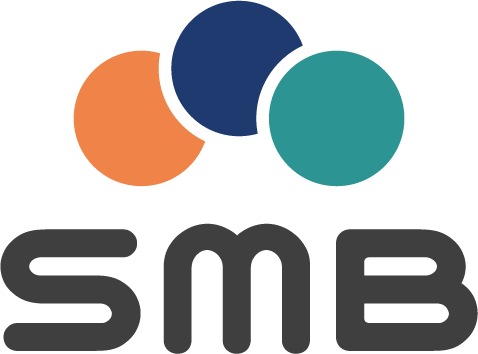APE-6.4F
Test Bimando Monomandos
Universal Tightness Test for Any Faucet Model
The system consists of an automated system for leak verification and communication between fitting chambers. It determines whether the part being inspected is acceptable or not, based on established and modifiable alarms. In the case of a defective part, it indicates the area where the defect was detected. The system consists of a programmable controller, a human/machine interface, a pneumatic circuit, and an electrical circuit. The programmable controller is responsible for processing and executing the programmed sequence; ultimately, it is responsible for monitoring the verification and determining whether the part is acceptable or not. It is also responsible for ordering movements (fastening, capping) through a Siemens touch-screen operator terminal. The human/machine interface is a device that allows the exchange of information between the operator and the machine. During the verification, data reporting the pressure in the different chambers is displayed. Once the verification is complete, the result is reported, indicating the reason for the defect if it is defective. With prior authorization via password, it is possible to access and modify verification process times, alarm values, analog readings, parameterization, and calibration of analog channels. In short, this is an automation system that allows parameters to be adjusted as desired by the user. The pneumatic circuit is divided into two sections: the machine control section and the verification section. The machine control section is responsible for activating the machine's movements. The verification section is composed of special precision elements for tightness control, and the proper functioning of the system depends largely on the circuit's condition, so preventive maintenance is essential. The electrical circuit is specially designed to achieve the highest possible noise immunity; however, it is advisable not to install the machine near sources that generate electromagnetic noise.
Touch screen
SMB has designed its own software, emphasizing its effectiveness and simplicity through its use of icon-based programming. Touchscreens are currently a very robust solution for the vast majority of machines. The operating systems for controlling the machine are highly intuitive and quickly assimilated by the operator.
Technical sheet
Supply voltage Control voltage Supply pressure
230 VAC 60 Hz
24V DC
6 Bar
24V DC
6 Bar


